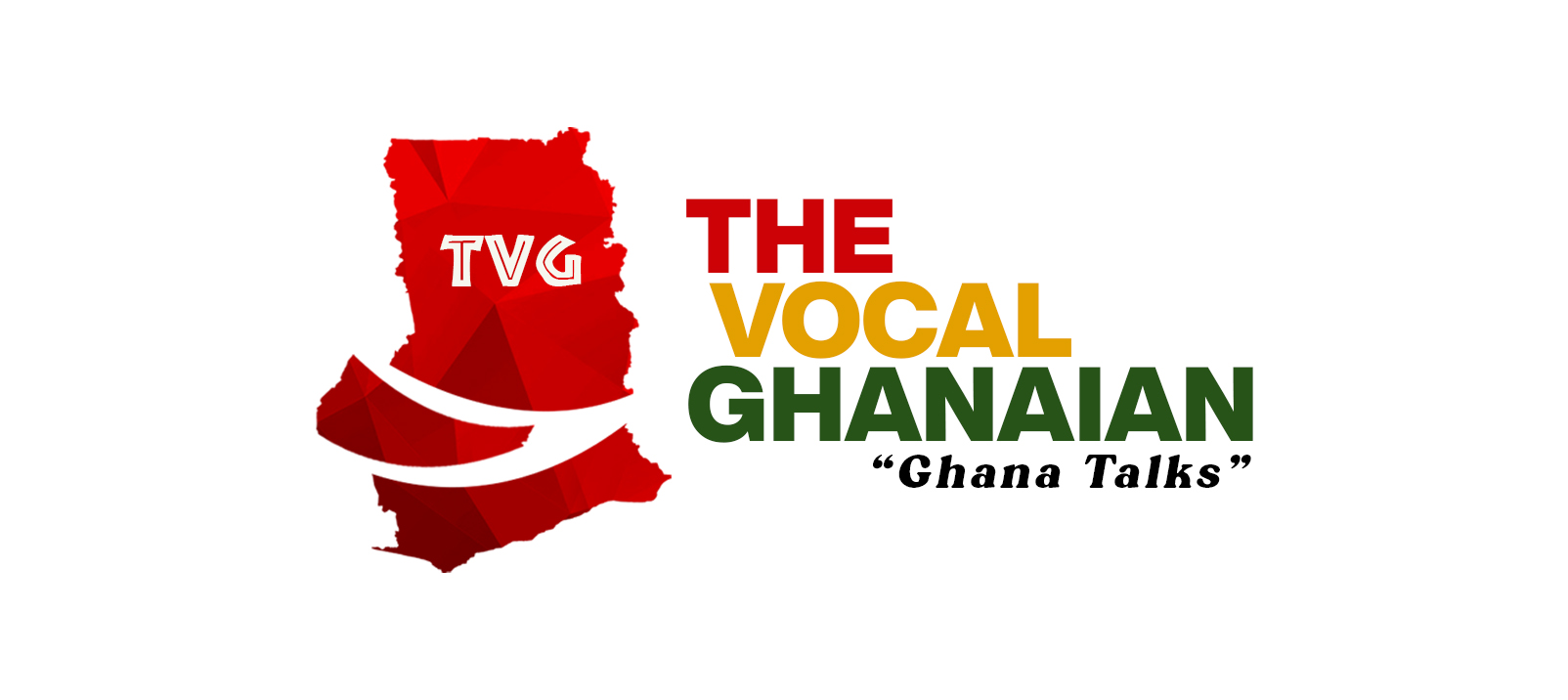According to a lead Agriculture Economist with the World Bank, Luc Christiansen, Africa’s food import bill has more than tripled, reaching about US$35 billion a year. Alas, Africa is the second largest continent and home to the world’s second-largest population. Its young people are poised to turn around their continent’s stagnating economies.
However, Africa faces an uphill battle when it comes to food production and food security. Africa has often been called the cradle of humanity as well as the continent of plenty, but the lands are filled with famine and hunger and it relies on imports to survive. Why must this be so? Not only do many African countries struggle with food shortages, but also lack employment for the bulge population of the African youths which averages 19.5 years.
Agriculture in Africa
Africa has the potential to be a major player in the global food market. The continent has vast lands, ample water resources, and a large population of young people. However, Africa faces many challenges when it comes to agriculture. These include climate change, soil degradation, lack of infrastructure, and political instability. As a result, Africa imports much of its food, despite having the resources to produce its own.
By 2050, imports are expected to make up three-quarters of the continent’s total food needs. Africa needs more investment from both African countries and other nations to become self-sufficient in terms of producing enough food for its growing population.
What is mind-boggling is why the continent with most of the good farmland, the most youthful population with an average age of 19.5 years, and the second largest population at 1.3 billion people would rely on the struggling European continent and its average age of 44 years.
Why is Africa Hungry?
Traditionally, it is more profitable for Africa to grow and export cash crops like cocoa, coffee, cashew, and rubber that rack in millions of dollars in foreign exchange. Africa can export indigenous crops that are needed for everyday survival yet we import them and our very survival is threatened. Despite our vastness and resources, Africa has long been a continent of hunger.
Only about 10% of Africa’s arable land is cultivated, compared to 20% globally. Much of the rest is unusable because it is too dry, too mountainous, or has been degraded by overgrazing or deforestation.
Poor infrastructure makes it difficult to transport goods to marketplaces, and droughts are common. When crops fail, families go hungry. One-third of Africans live on less than $1.25 per day, which is often not enough for food, let alone anything else.
Subsistence farming can’t provide them with enough income to purchase what they need when disaster strikes their fields or livestock herds. Governments do not have the funds needed for emergency relief programs when disasters like drought occur or wars devastate their economies, as well as their people yet huge sums of money, are paid to politicians as ex-gratia.
Other countries have used other means to utilize their barren lands but millions of squares of virgin forests remain in Africa untapped.
In 2015, nearly one in four people in Sub-Saharan Africa were undernourished. This is so even though the region has 60% of the world’s uncultivated arable land and about a quarter of its freshwater resources. So why is Africa still going hungry?
In most African countries it is cheaper to import because farmers cannot match up the level and cost of production. Funds are given to other business persons than farmers.
The critical missing variables and why we are facing these food crises and soaring prices in Africa, especially in West Africa are labour (human capital), finances, and technology. If we cannot feed ourselves with all the freely given natural resources God bestowed on us, then what do we do? Africa must rise and do everything possible for survival, and sustainability. Africa must live beyond aid and excessive import.

